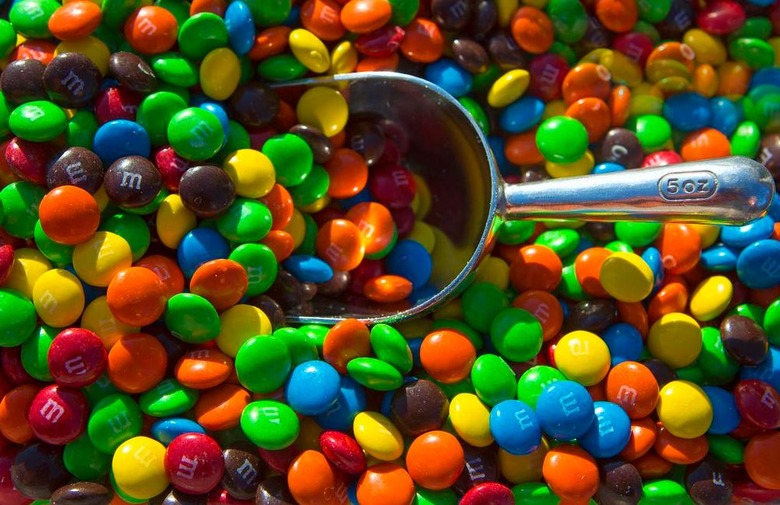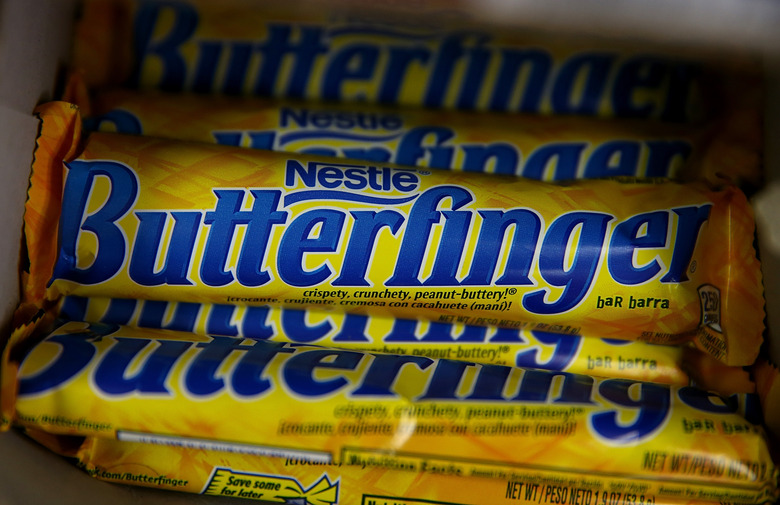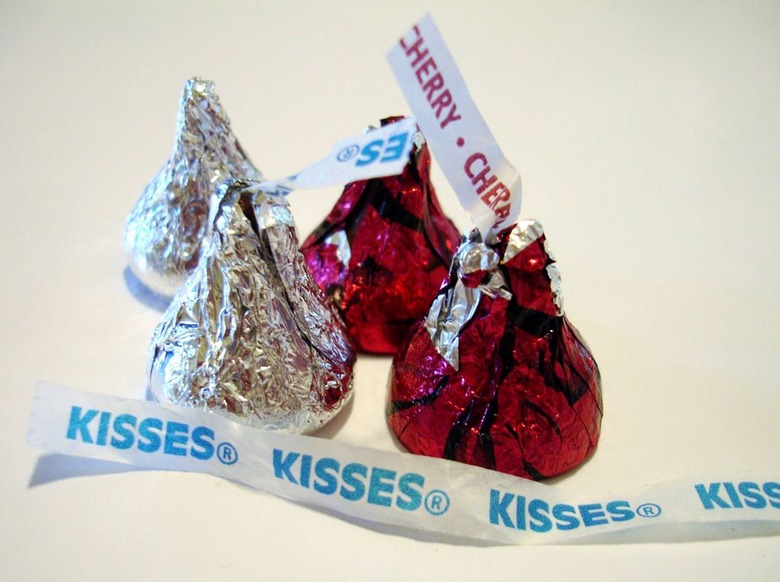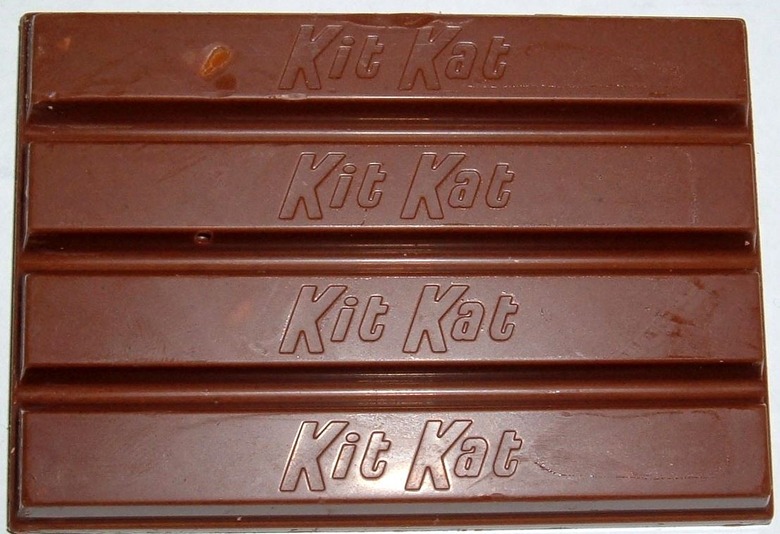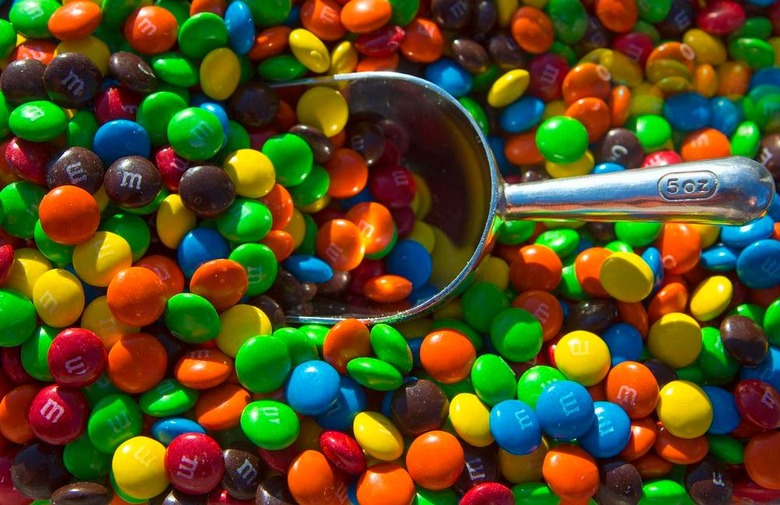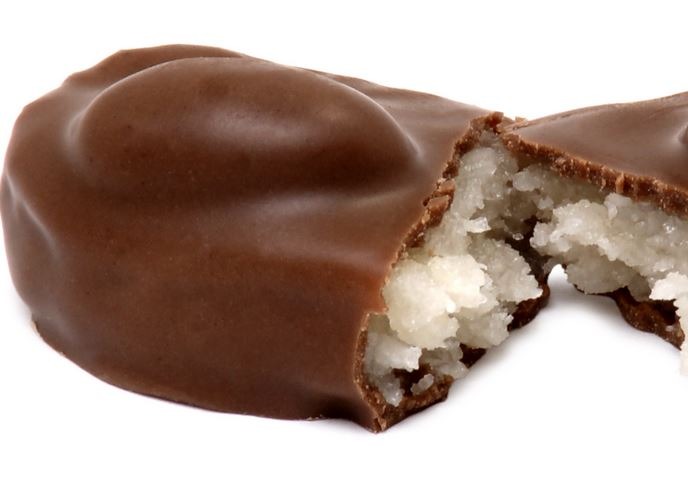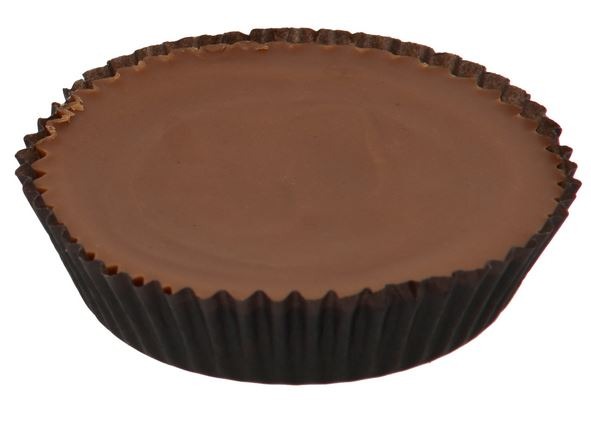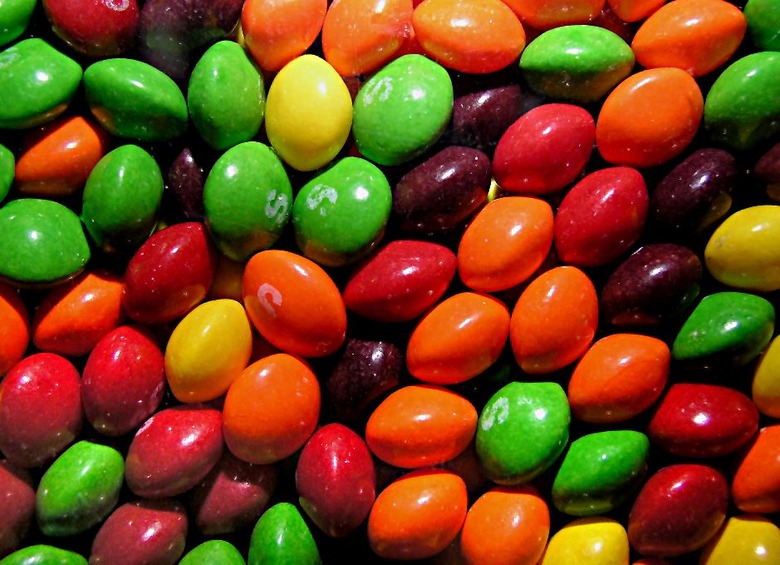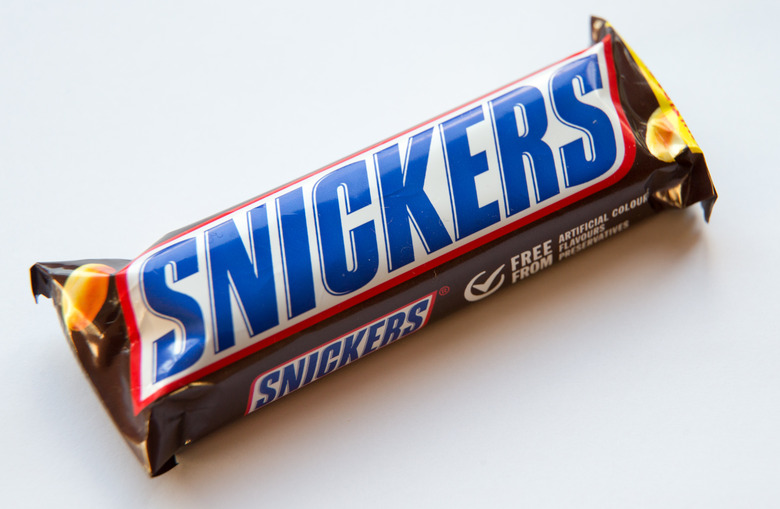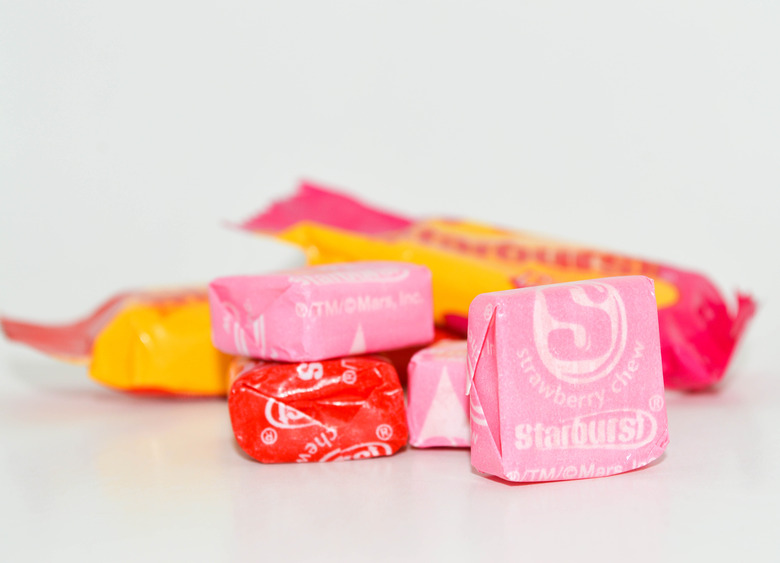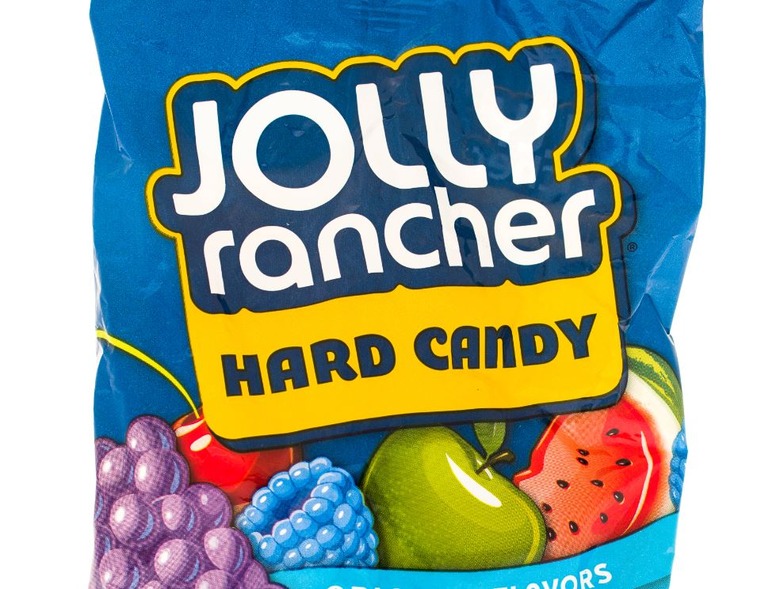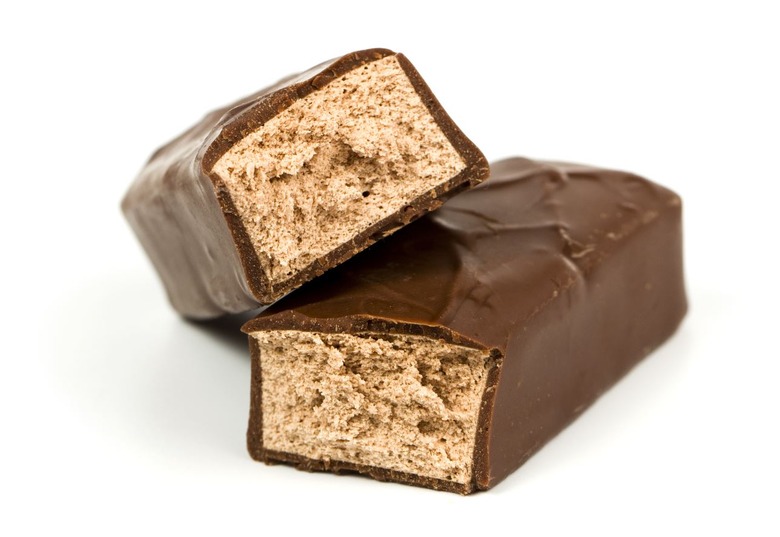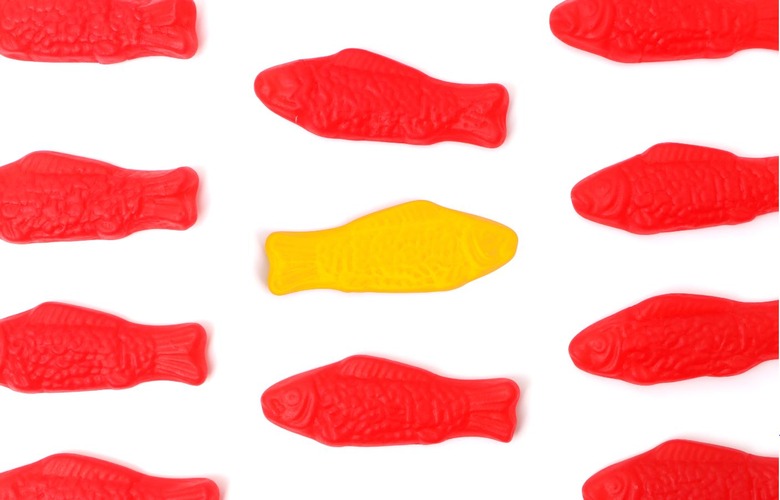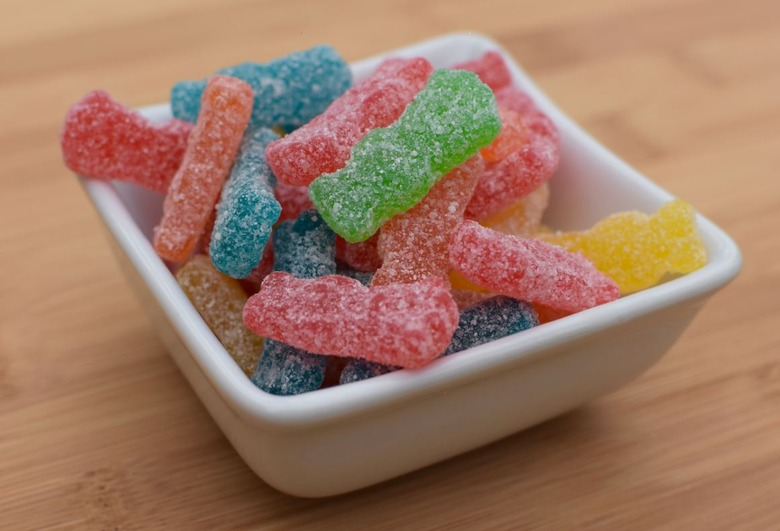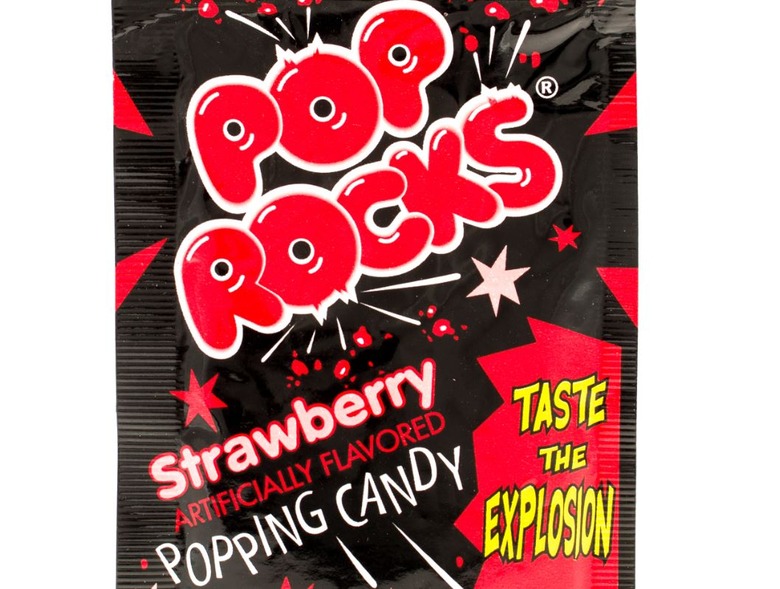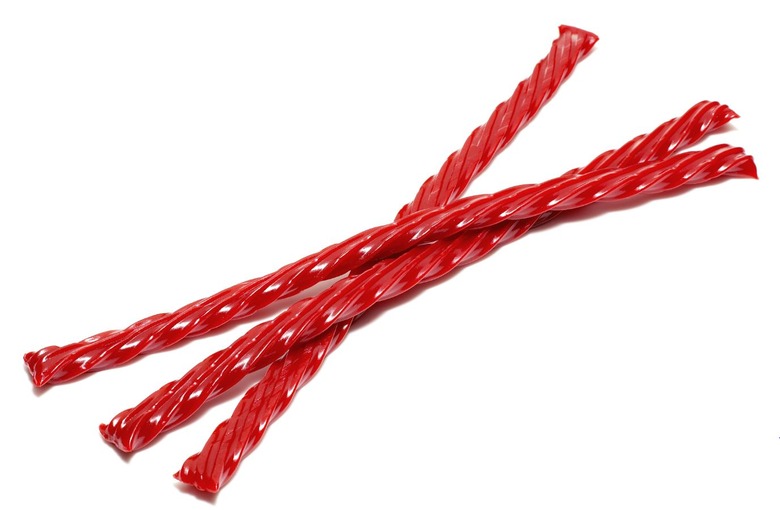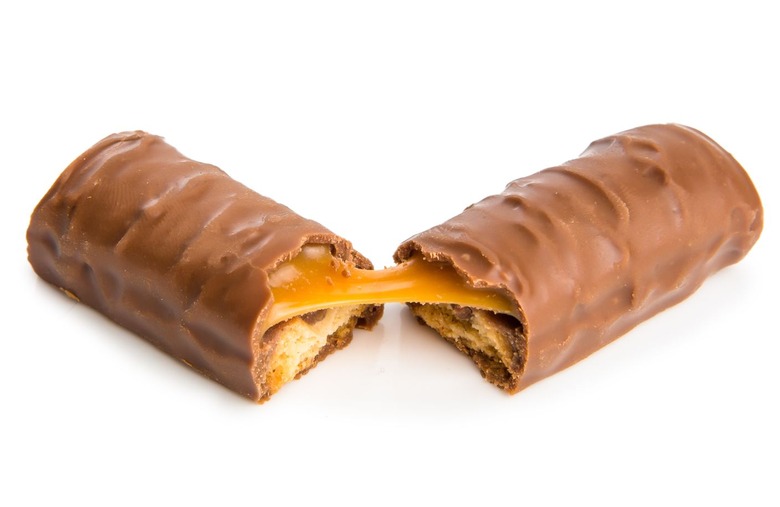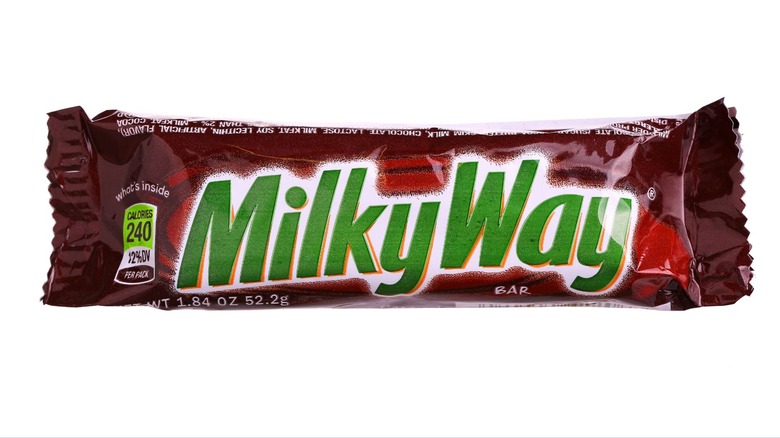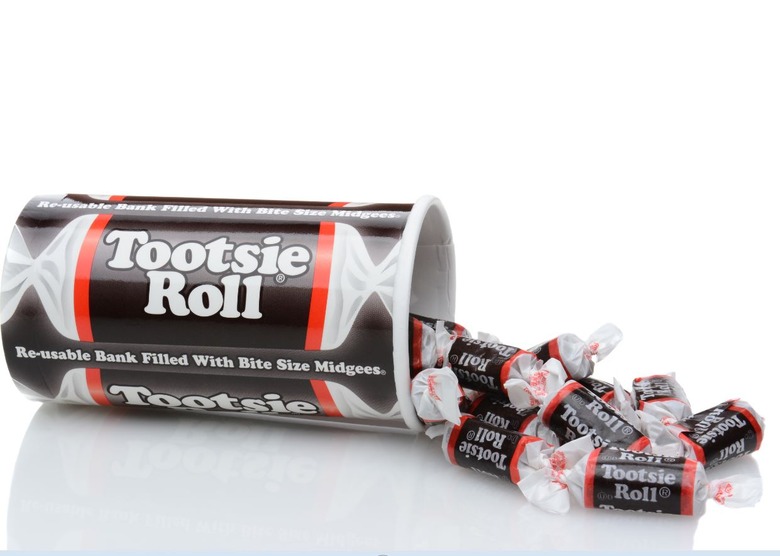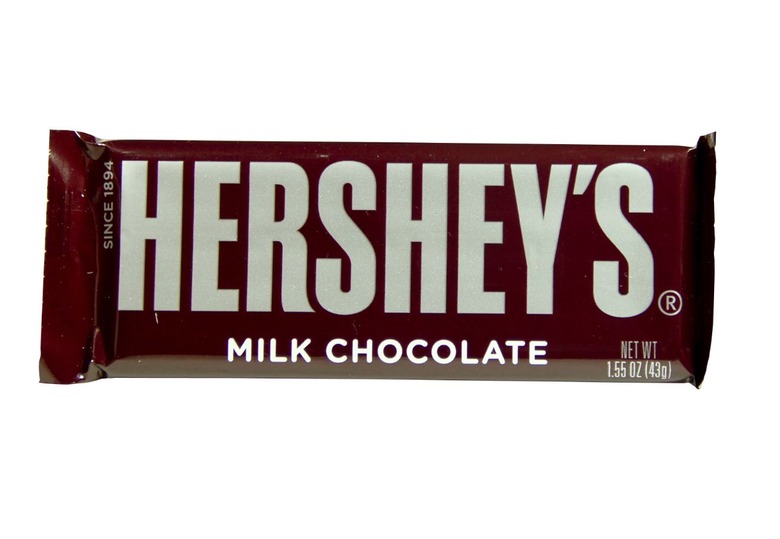Surprising Facts About Your 20 Favorite Candy Brands Gallery
Who doesn't like candy? Whether they're chocolate-covered or candy-coated, packaged sweets are nothing less than an obsession for people all over the world. The top candy brands are well known by just about everyone, but every popular candy has some secrets it's hiding or skeletons in its closet.
Butterfinger
After Butterfinger was identified as containing GMO corn in 1999, German consumers stopped purchasing the product. Instead of reformulating the candy bar, manufacturer Nestlé simply ceased selling Butterfinger in Germany, and you still won't find it there.
Hershey’s Kisses
Hershey's Kisses were introduced in 1907, and named after the sound the machine makes when depositing them. More than 80 million Hershey's Kisses are produced daily.
Kit Kat
The culinary term "kit-kat" dates back to the 1700s; it was originally the name given to mutton pies served at London's Kit-Cat political club. Rowntree's, the British company that invented the candy, trademarked the term in 1911.
M&Ms
Red M&Ms were eliminated between the years of 1976 and 1986; orange M&Ms were introduced to replace them. The reason for their removal? Health concerns over Red No. 2, a dye also called amaranth (not to be confused with the plant of the same name), which was a suspected carcinogen. Red M&Ms didn't even contain any of the dye; they were phased out just to satisfy worried customers. A student at the University of Tennessee named Paul Hethmon started a campaign to bring them back as a joke, but it became a worldwide phenomenon, and the color was brought back.
Mounds and Almond Joy
Peter Paul, the company name on packages of Mounds and Almond Joy, doesn't actually exist. It merged with Cadbury and was phased out in 1978, and the chocolates are manufactured by Hershey's in the United States.
Reese’s Peanut Butter Cups
Reese's Peanut Butter Cups are the best-selling candy brand at American convenience stores by far, selling 62 percent more than the closest competition. And during the Valentine's Day, Easter, Halloween, and Holiday seasons, 47 percent of all candy sold are Reese's Peanut Butter Cups.
Skittles
In the U.K. and Sweden, purple Skittles are black currant flavored, not grape as they are in the U.S.!
Snickers
In December 2000, an Australian man sent a letter to parent company Mars indicating that he had poisoned seven Snickers and Mars bars in the New South Wales area. This led to a massive product recall, in which tens of thousands of the bars were removed from store shelves and thrown out. It's still unknown whether it was a hoax.
Starburst
Starburst were actually a British invention. They were called Opal Fruits in the U.K. and Ireland until 1998.
Jolly Rancher
Jolly Ranchers were invented by Bill and Dorothy Harmsen, a couple who opened a candy store in Golden, Colorado called The Jolly Rancher in 1949. They sold the company to Beatrice Foods in 1966, and in 1996, the company was bought by Hershey. Today, the candies are produced in Mexico.
3 Musketeers
The filling of the 3 Musketeers bar is called nougat, which is made by whipping egg whites and adding sugar. It's called 3 Musketeers because from 1932 to 1945, each package contained three different-flavored pieces: chocolate, strawberry, and vanilla. The other two flavors were discontinued due to WWII rationing, so today it's just chocolate.
Swedish Fish
Swedish Fish were in fact invented in Sweden, as one of a wide variety of shaped "wine gums," the name given to this type of candy. They first appeared in the 1950s from the candy producer Malaco, and are called "pastellfiskar" or "pastel fish," in Sweden.
Sour Patch Kids
When Sour Patch Kids were first invented in the 1970s by Frank Galatolie, they were named Sour Group Kids. They were renamed Mars Men, and in 1985, they were finally dubbed Sour Patch Kids to capitalize on the success of Cabbage Patch Kids dolls. It gets its tartness from tartaric acid and citric acid.
Baby Ruth
The Curtiss Candy Company's Kandy Kake bars were re-christened Baby Ruth in 1921, as slugger Babe Ruth's star was on the rise. The company claimed that the candy got its name from Grover Cleveland's daughter, Ruth, but by 1921, Cleveland had been out of the White House for 24 years and Ruth (who passed away at age 12) had been dead for 17. In all likelihood, Curtiss was unable to negotiate an endorsement deal with Babe Ruth so it made up a just-plausible-enough story.
Pop Rocks
Pop Rocks are made by exposing a syrup mixture to high-pressure carbon dioxide gas and allowing it to cool. As the candy dissolves in your mouth, the carbon dioxide is released, creating that fizzy sensation. Contrary to urban legend, combining Pop Rocks with soda will not make your stomach explode.
Twizzlers
Twizzlers are actually one of the oldest confectionaries in the United States; they were first produced all the way back in 1845 by Young & Smylie, which is today a subsidiary of Hershey. The original flavor was (of course) licorice; strawberry didn't come along until the 1970s.
Twix
Twix was launched in the UK in 1967, and made its first appearance in the United States in 1979; it was called Raider in mainland Europe until 1991. The word "Twix" is actually a mashup of "twin bix," "bix" being British shorthand for biscuits.
Milky Way
The Milky Way bar was invented in 1923 by Frank Mars, the founder of Mars Candy; he modeled it after a popular milkshake flavor of the day that contained chocolate, caramel, and malted milk powder (The milkshake style was also called Milky Way). The American version includes both nougat and caramel, but the European Milky Way is much smaller and doesn't contain any caramel.
Tootsie Rolls
The first individually wrapped penny candy in America, Tootsie Rolls were invented in 1907 by an Austrian immigrant named Leo Hirschfeld. Hirschfeld named the candy after his daughter Clara, whose nickname was Tootsie. Sixty-four million Tootsie Rolls are produced daily; they found their way into lollipops in 1931.
Hershey Bar
The Hershey Company's flagship chocolate bar was first sold in 1900; the process used by inventor Milton Hershey to make the milk chocolate (the United States' first mass-produced chocolate) is still a trade secret all these years later. Most experts agree, however, that the milk is stabilized by the use of butyric acid, which is actually what gives vomit its distinctive horrible smell. Americans are so used to butyric acid in Hershey's chocolate, however, that they don't notice it, and many chocolate manufacturers have taken to adding the acid to their chocolate in order to imitate Hershey's.
